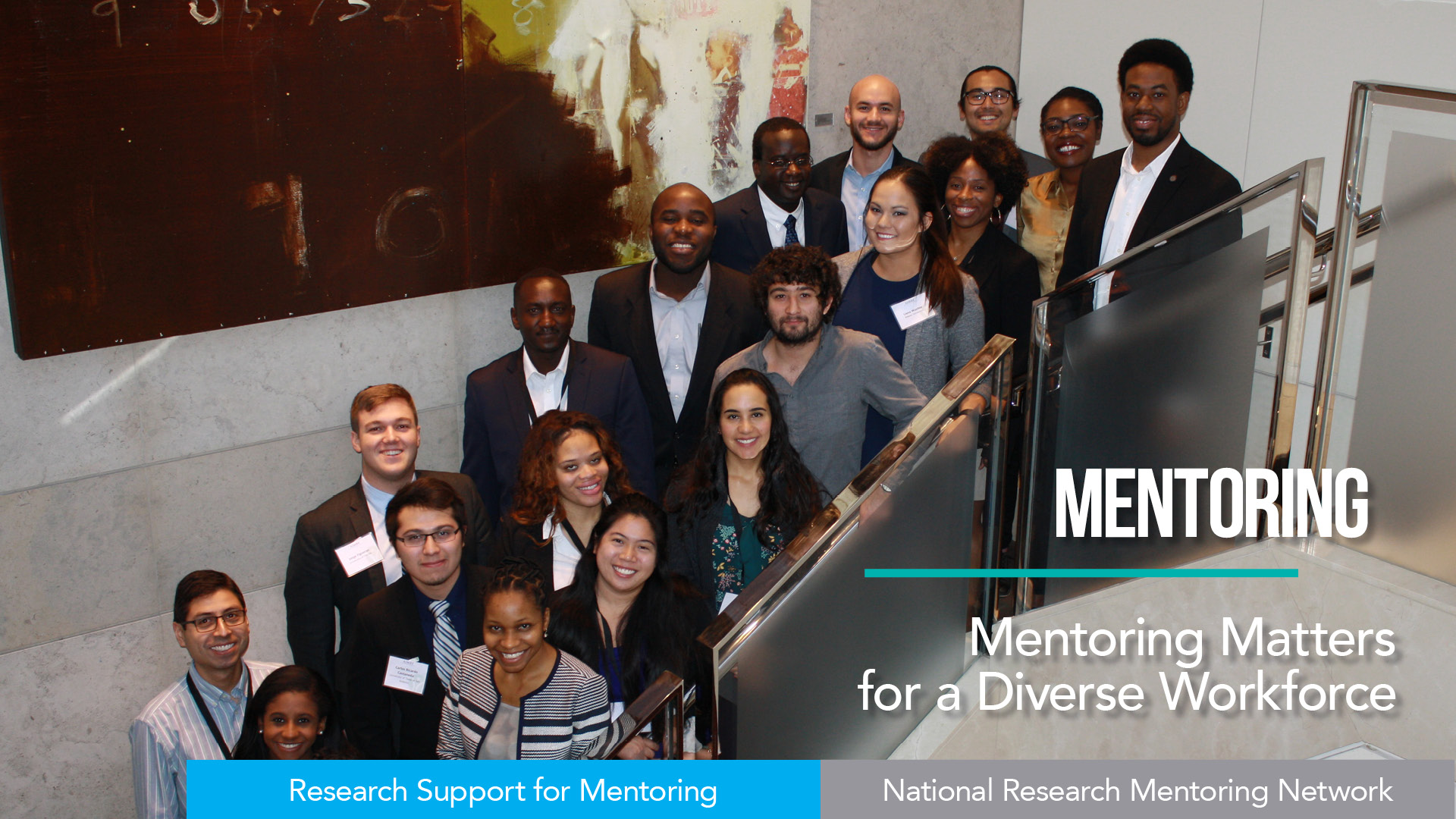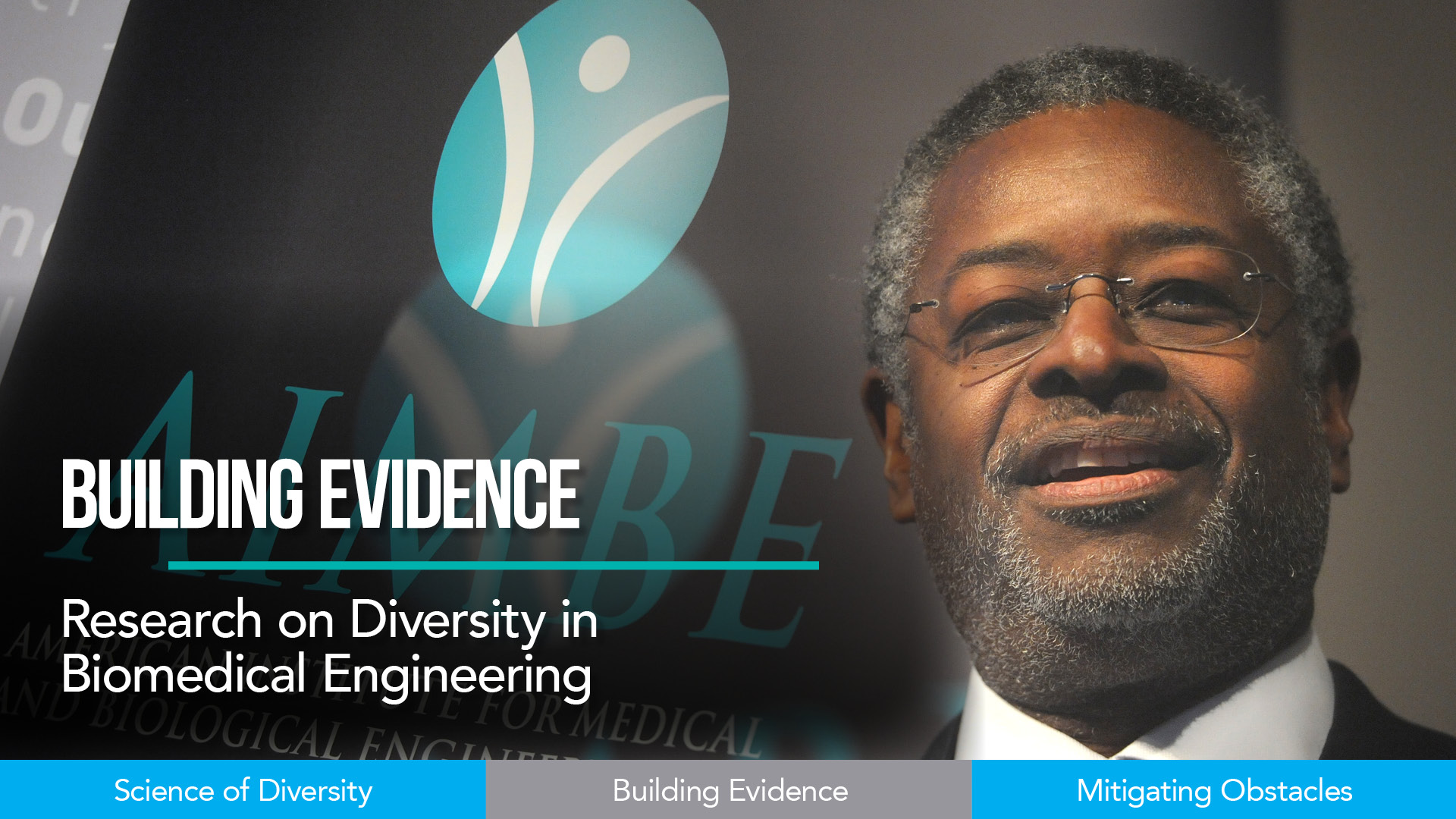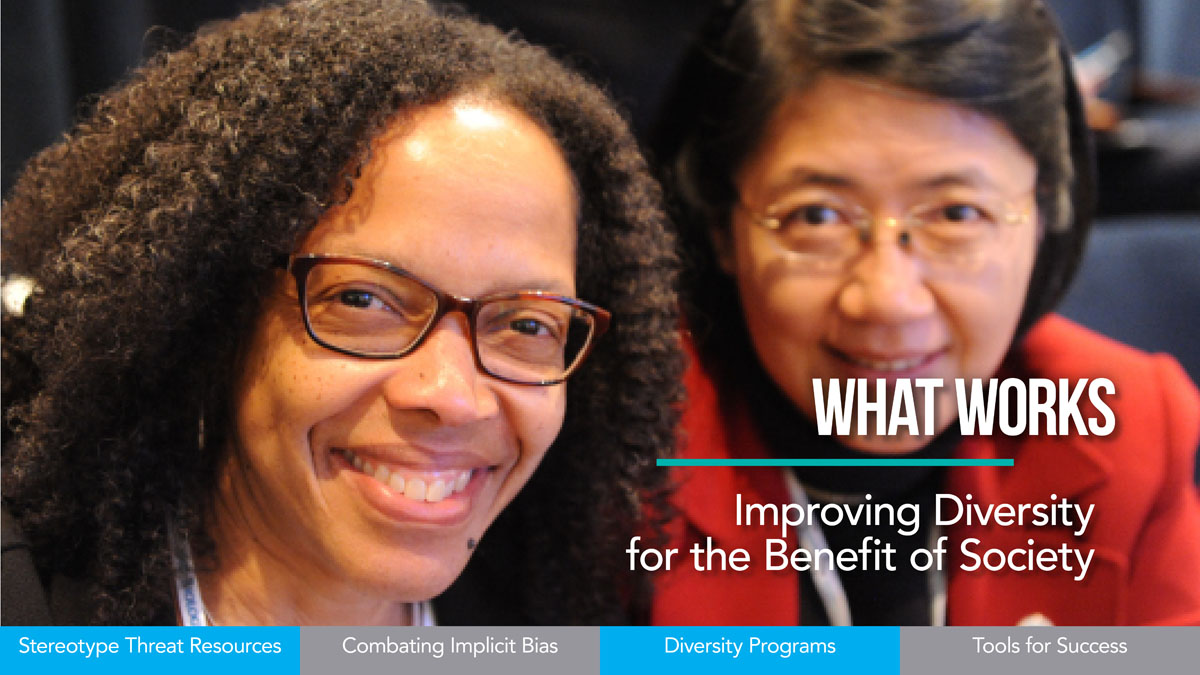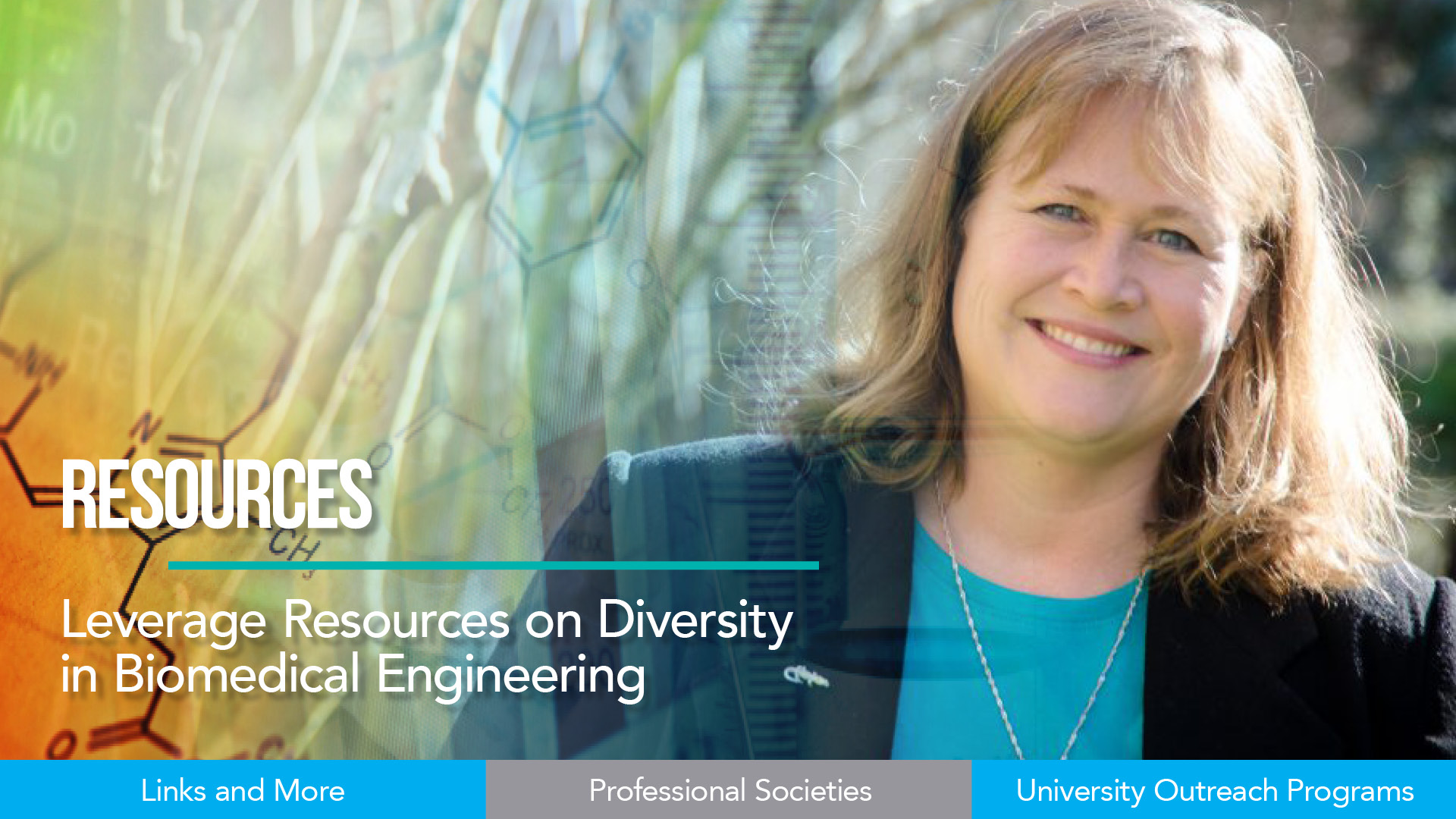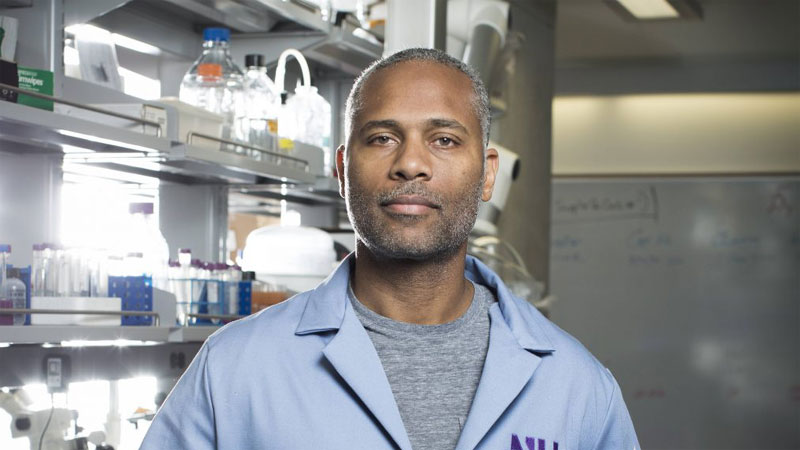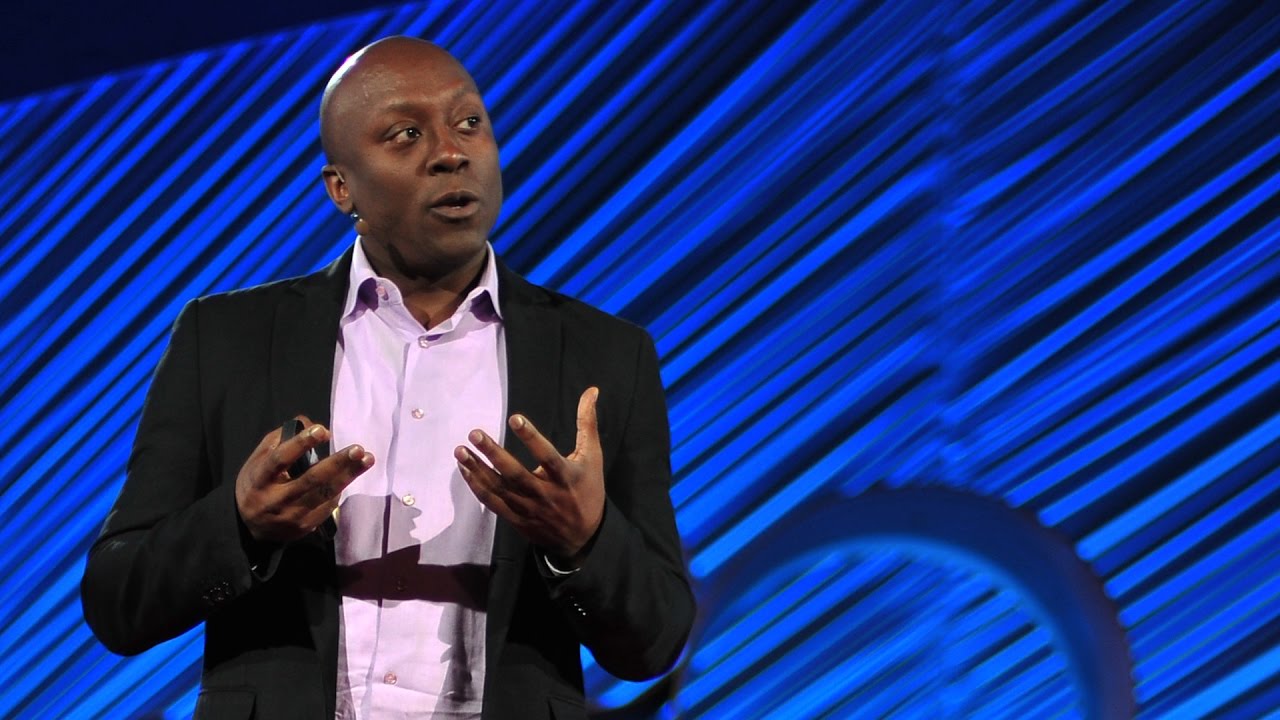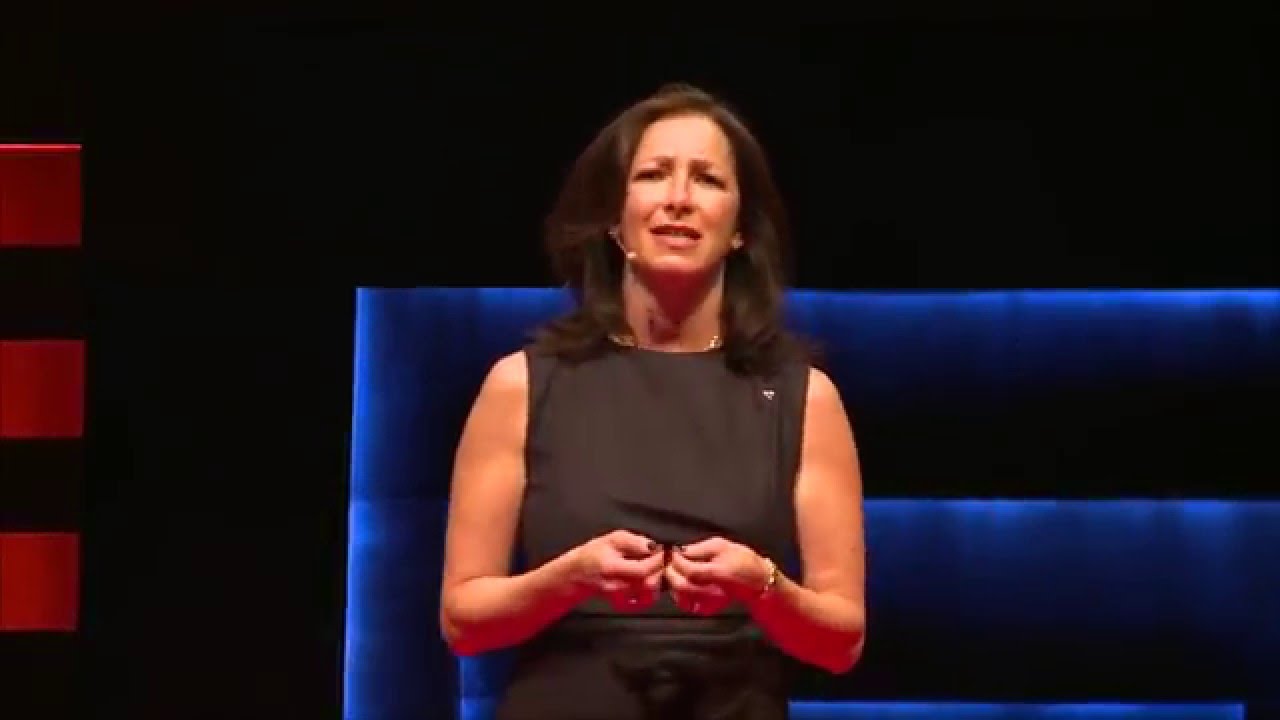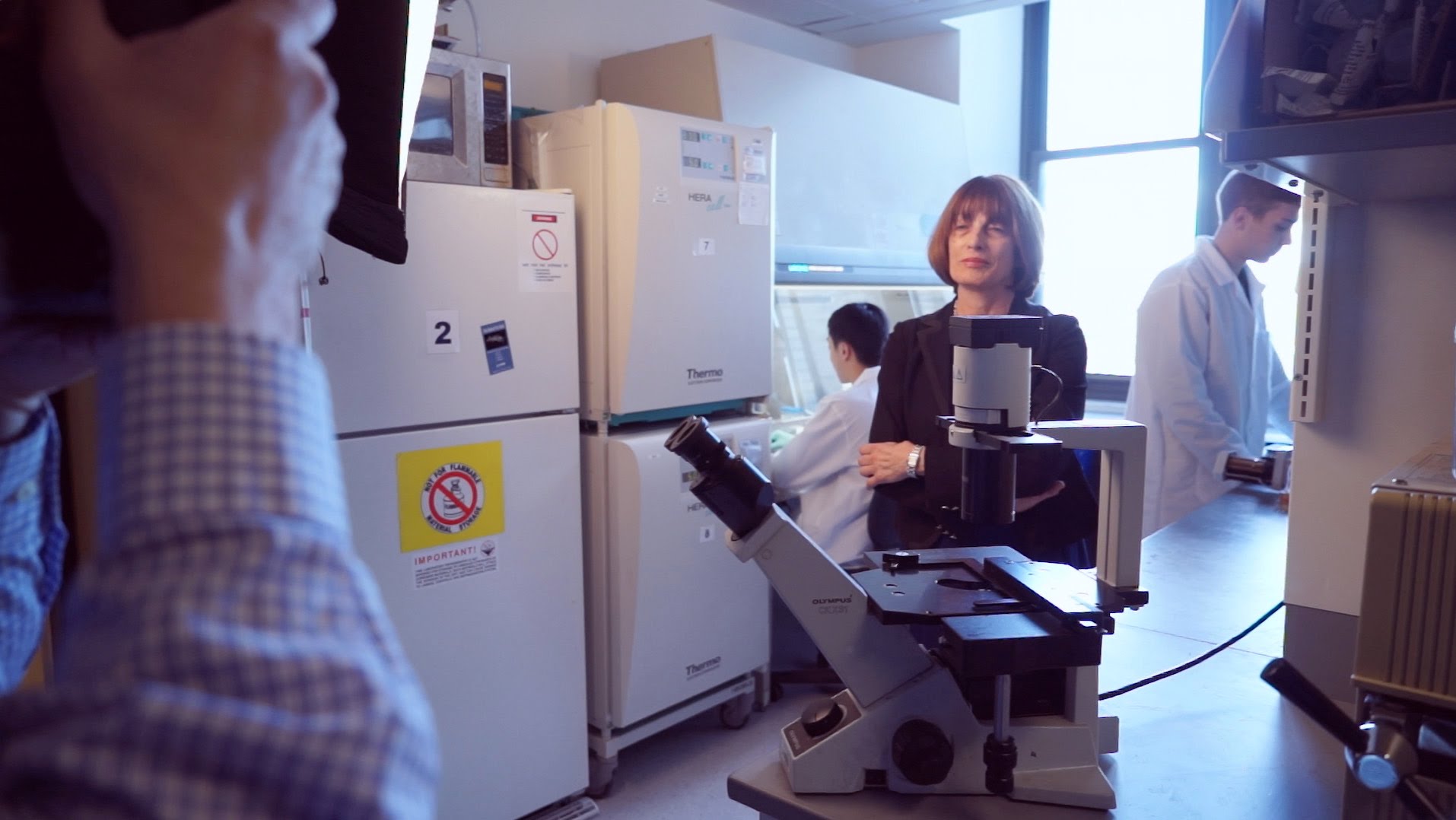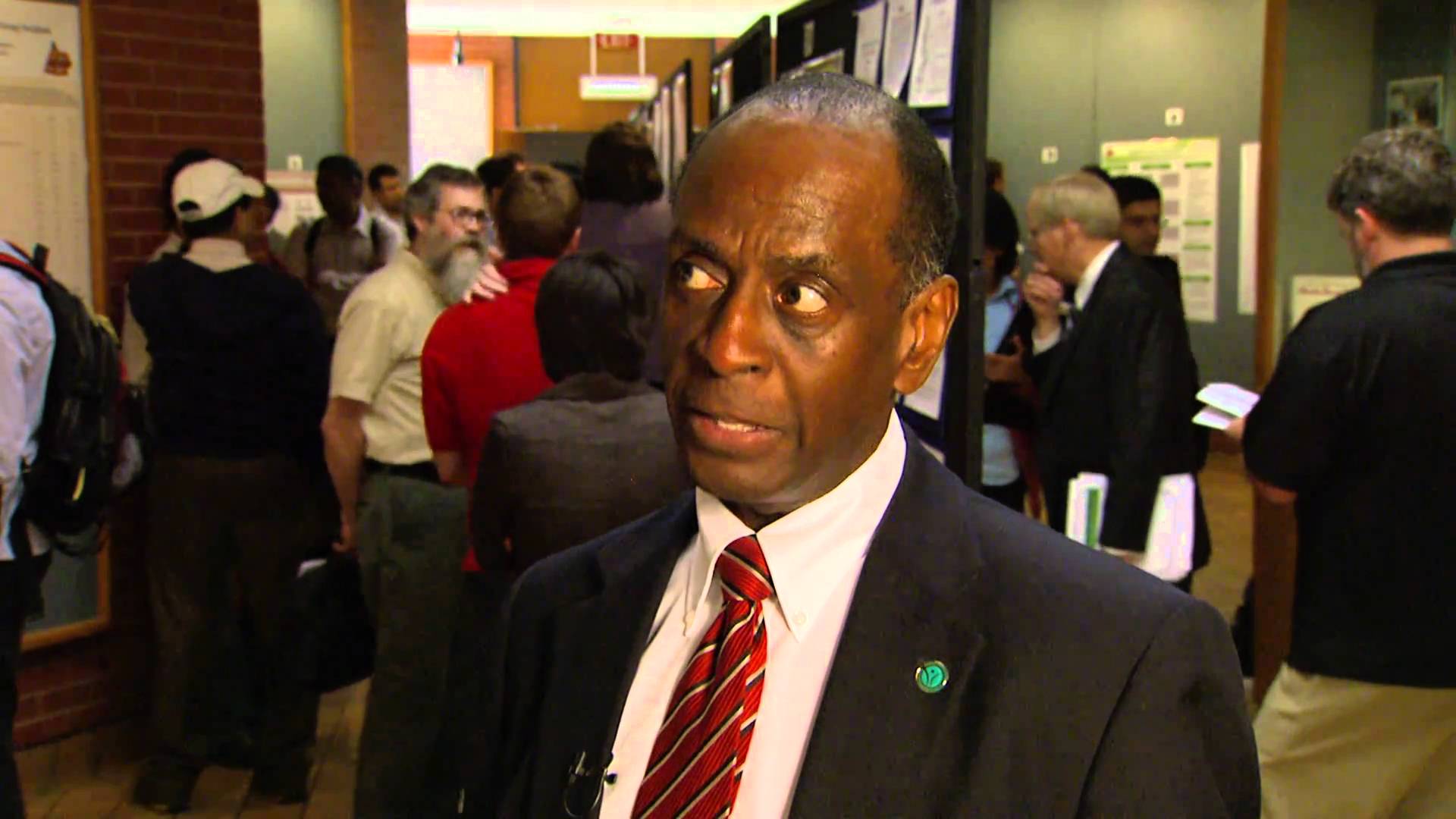ENGINEERING DIVERSITY
Black/African American and Latinx prime-age adults are roughly a third (33 percent) of the adult population, but just 15 percent of engineers. They continue to lag in terms of admissions to engineering programs, completion of degrees, occupational penetration, and tenure in engineering jobs.
Women are also underrepresented and underpaid in engineering. Women represent a little less than half of the employed prime-age population, but they only represent 16 percent of engineers. Women’s representation in engineering occupations has been improving, but barely.
Black/African American and Latinx engineers have lower levels of educational attainment than other engineers, but even when they have equal education, they are paid less.
FEATURED VIDEOS
For more videos from award-winning, diverse Biomedical Engineers, CLICK HERE.
- Regenerative Engineering | Guillermo Ameer | Northwestern Engineering
- The Limit of Human Performance | Cynthia Bir | Chicago Ideas
- A Temporary Tattoo that Brings Hospital Care to the Home | Todd Coleman | TEDMED
- Targeting Disease with Nanoparticles | Omolola Eniola-Adefeso | Michigan Engineering
- Dr Ranu Jung Interview on Neural Enabled Prostheses | Ranu Jung | CBS 4 Miami
- Learning How to Learn | Barbara Oakley | TEDxOaklandUniversity
- The Future of Medicine is Personal | Molly Shoichet | TEDxToronto
- Behind the Scenes | Gordana Vunjak-Novakovic | Columbia Engineering Magazine
- EPSCoR 2010 Annual Conference | Larry Walker | OSU Bioenergy
African Americans make up 2.1% of tenured/tenure-track faculty in biomedical engineering (2018).
8% of university presidents are Black/African American.
How A Fringe Idea Led To Lifesaving Cancer Treatments
Rakesh Jain | December 10, 2025
How A Fringe Idea Led To Lifesaving Cancer Treatments
Rakesh Jain | December 10, 2025
In cancer research, the “seed and soil” hypothesis posits that the tumor is like a seed of misbehaving cells taking root in the body. Whether it grows—and where it grows—depends on the conditions, or soil. Since this hypothesis was proposed more than 100 years ago, most research and treatments have focused on the seed, or tumor.
For nearly 50 years, Rakesh Jain has been studying the soil. But in a seed-focused field, his work was seen as wasteful and radical. Now, that very same research has led to seven FDA-approved treatments for diseases including lung and liver cancer, and earned him a National Medal of Science in 2016. Host Flora Lichtman talks with Jain about how his fringe idea led to lifesaving cancer treatments.
Build Confidence in Science by Embracing Uncertainty Rather Than Chasing Reproducibility
Anne Plant | December 9, 2025
Build Confidence in Science by Embracing Uncertainty Rather Than Chasing Reproducibility
Anne Plant | December 9, 2025
Despite calls to fund reproducibility studies, resources would be better spent on developing tools that enable efficient collection and sharing of experimental protocol details and metadata to enable study comparisons.
At a meeting of the American Society of Cell Biology in 2012, I sat in a packed meeting room. The speaker was Glenn Begley, author of a new article reporting that the results from dozens of academic research papers had failed to reproduce after considerable efforts in his company’s labs. And these weren’t just any research results—they were apparent breakthroughs published in prominent research journals.
The feeling in the room was that this was evidence of an emergency of epic proportions, a crisis of irreproducibility in science. Discussion turned to the idea that perhaps a third party should be required to check the reproducibility of all studies before the results get published. The line to ask questions was long, so I kept my seat. Finally, a colleague for whom I had great respect as a leader in the field asked the rhetorical question that was on my mind: “And who checks the checkers?” In other words, “reproducible” is not the same as “correct.” Maybe the “reproducers” would get it wrong. Or maybe both studies were flawed. Or maybe there were enough uncontrolled variables that the two studies were actually performing different experiments.
Beating cancer cells at their own game by stepping on their cGAS
Natalie Artzi | November 12, 2025
Beating cancer cells at their own game by stepping on their cGAS
Natalie Artzi | November 12, 2025
Switching on an immune pathway in cancer cells with a new mRNA therapy reprograms the immune system in complex tumor environments to launch a broader attack
Cancer cells develop various strategies to paralyze immune cells to evade their attack in the complex tumor microenvironment (TME). Using one such strategy, they cripple their own production of a small signaling molecule known as cGAMP, which, if released into the TME, can be taken up by immune cells that then build up a first line of defense against cancer cells, commonly referred to as the “innate immune response.”
To accomplish this, cancer cells reduce or shut down the expression of the so-called cGAS enzyme that usually synthesizes cGAMP when it encounters double-stranded DNA (dsDNA) that is not supposed to be there, such as DNA from invading pathogens or cellular DNA that has been damaged.
Biosensor device could detect lung cancer with breath test
Shalini Prasad | November 4, 2025
Biosensor device could detect lung cancer with breath test
Shalini Prasad | November 4, 2025
Researchers from the University of Texas at Dallas recently developed biosensor technology that may be able to detect lung cancer. The research team incorporated artificial intelligence (AI) into the device with the goal to identify cancer earlier and more easily using breath analysis.
“We built a screening tool that could allow physicians to catch the disease in its early phases, which improves outcomes. This technology offers a potentially affordable, quick and noninvasive breath analysis tool for cancer screening,” said corresponding author Shalini Prasad, PhD, in a university news release. Dr. Prasad is professor and department head of bioengineering in the Erik Jonsson School of Engineering and Computer Science.
Woodard Elected to National Academy of Medicine
Pam Woodard | October 20, 2025
Woodard Elected to National Academy of Medicine
Pam Woodard | October 20, 2025
Pamela K. Woodard, MD, director of WashU Medicine Mallinckrodt Institute of Radiology (MIR), was elected to the National Academy of Medicine. One of the highest honors in medicine, membership in the Academy recognizes outstanding professional achievement.
Woodard is a renowned physician-scientist, having made significant advancements in translating cardiac imaging techniques into humans. These accomplishments include translating a technique that reduces motion artifact, which are image disturbances that can occur in MRI scans when the patient breathes. She also led a team that developed and translated a PET imaging radiotracer that may help physicians better identify stroke risk in patients.
Advancing Antiracism, Diversity, Equity, and Inclusion in STEMM Organizations
National Academies
Advancing Antiracism, Diversity, Equity, and Inclusion in STEMM Organizations
National Academies
People from minoritized racial and ethnic groups continue to face numerous systemic barriers that impede their ability to access, persist, and thrive in STEMM higher education and the workforce.
To promote a culture of antiracism, diversity, equity, and inclusion (ADEI) in STEMM, organizations must actively work to dismantle policies and practices that disadvantage people from minoritized groups.
What Can We Do to Combat Anti-Black Racism in the Biomedical Research Enterprise?
NIH
What Can We Do to Combat Anti-Black Racism in the Biomedical Research Enterprise?
NIH
The recent deaths of George Floyd, Ahmaud Arbery, and Breonna Taylor, in addition to the disproportionate burden of COVID-19 on African Americans, are wrenching reminders of the many harms that societal racism, inequality, and injustice inflict on the Black community. These injustices are rooted in centuries of oppression—including slavery and Jim Crow, redlining, school segregation, and mass incarceration—that continue to influence American life, including the biomedical research enterprise. Despite leading an NIH Institute whose mission includes building a diverse scientific workforce, at NIGMS we’ve struggled with what an adequate response to this moment would be, knowing that the systems that mediate the distinct and disparate burdens Black students, postdocs, and scientists face are complex and often aren’t easily moved with the urgency that they demand. With that in mind, below we share thoughts on what each of us who is in the majority or in a position of power can do to help break the cycles of racial disparities that are woven into the fabric of the biomedical research enterprise and that limit opportunities Link to external web site for Black scientists Link to external web site.
Institutional structures, policies, and cultures Link to external web site, including those in the biomedical research enterprise, all contribute to racial inequality and injustice. This fact was laid bare for us by the responses to the request for information (RFI) we issued in 2018 on strategies to enhance successful postdoctoral career transitions to promote faculty diversity. Respondents cited bias and discrimination—including racism—most frequently as a key barrier to postdoctoral researchers attaining independent faculty positions.
Combating sexual harassment
Science
Combating sexual harassment
Science
Sexual harassment, including gender harassment, presents an unacceptable barrier that prevents women from achieving their rightful place in science, and robs society and the scientific enterprise of diverse and critical talent. As the largest single funder of biomedical research in the world, the U.S. National Institutes of Health (NIH) bears a responsibility to take action to put an end to this behavior. In 2019, the NIH began to bolster its policies and practices to address and prevent sexual harassment. This included new communication channels to inform the agency of instances of sexual harassment related to NIH-funded research. This week, the NIH announces a change that will hold grantee institutions and investigators accountable for this misconduct, to further foster a culture whereby sexual harassment and other inappropriate behaviors are not tolerated in the research and training environment.
Last year, an Advisory Committee to the Director (ACD) of the NIH presented a report and recommendations to end sexual harassment. A major theme of this report was the need for increased transparency and accountability in the reporting of professional misconduct, especially sexual harassment. The cases of sexual harassment that surfaced in the wake of the U.S. National Academies of Sciences, Engineering, and Medicine (NASEM) 2018 report highlighted a substantial gap in the NIH’s oversight of the research enterprise: There was no straightforward mechanism for the agency to learn of sexual harassment or other misconduct taking place at grantee institutions in the context of NIH-funded research. It was not uncommon for the NIH to discover such cases through the media, amid rightful public outcry. Holding institutions and investigators accountable for this behavior was challenging.
White Academia: Do Better.
Medium
White Academia: Do Better.
Medium
Over the past couple of weeks, our nation has been confronted with ugly truths and hard history revealing how systemic racism rears its head in almost every space. Since the COVID-19 pandemic has slowed down our typical lifestyles, people seem to be listening.
This moment feels very different from other situations when we had to address human rights in the context of race relations in the United States. With that comes a host of emotions that White people have rarely had to deal with because of their racial privilege, and this includes White people working in academia.
Like many Black faculty, and Black people in general, I have received messages and texts from White colleagues apologizing, expressing their guilt and remorse, and asking what they can do to support their Black colleagues and friends.
Guidelines for Diversity & Inclusion in Crisis
Juan E. Gilbert, PhD
Guidelines for Diversity & Inclusion in Crisis
Juan E. Gilbert, PhD
I am writing these guidelines in response to the recent events that have impacted the Black community, specifically, the Black computing community. As the Department Chair of the Computer & Information Science & Engineering (CISE) Department at the University of Florida, I lead, one of, if not, the nation’s most diverse computing sciences (CS) department. We have the nation’s most Black CS faculty and PhD students. We are one of the top CS departments for the number of female faculty. As a researcher, I have had the honor of producing the nation’s most Black/African-American CS PhDs. I have also had the honor of hiring and promoting the most Black faculty in CS. My experiences span more than 20 years and those experiences are the foundation for these guidelines.



